An employee holds lithium carbonate inside Redwood Materials' facility in in Carson City on Oct. 20, 2021. Photo: David Calvert / The Nevada Independent
 Richard Morrison, Nevada operations manager, Neolith Energy at Schlumberger poses for a portrait in their empty office in Reno on Dec. 9, 2021. Photo: David Calvert / The Nevada Independent
Richard Morrison, Nevada operations manager, Neolith Energy at Schlumberger poses for a portrait in their empty office in Reno on Dec. 9, 2021. Photo: David Calvert / The Nevada Independent
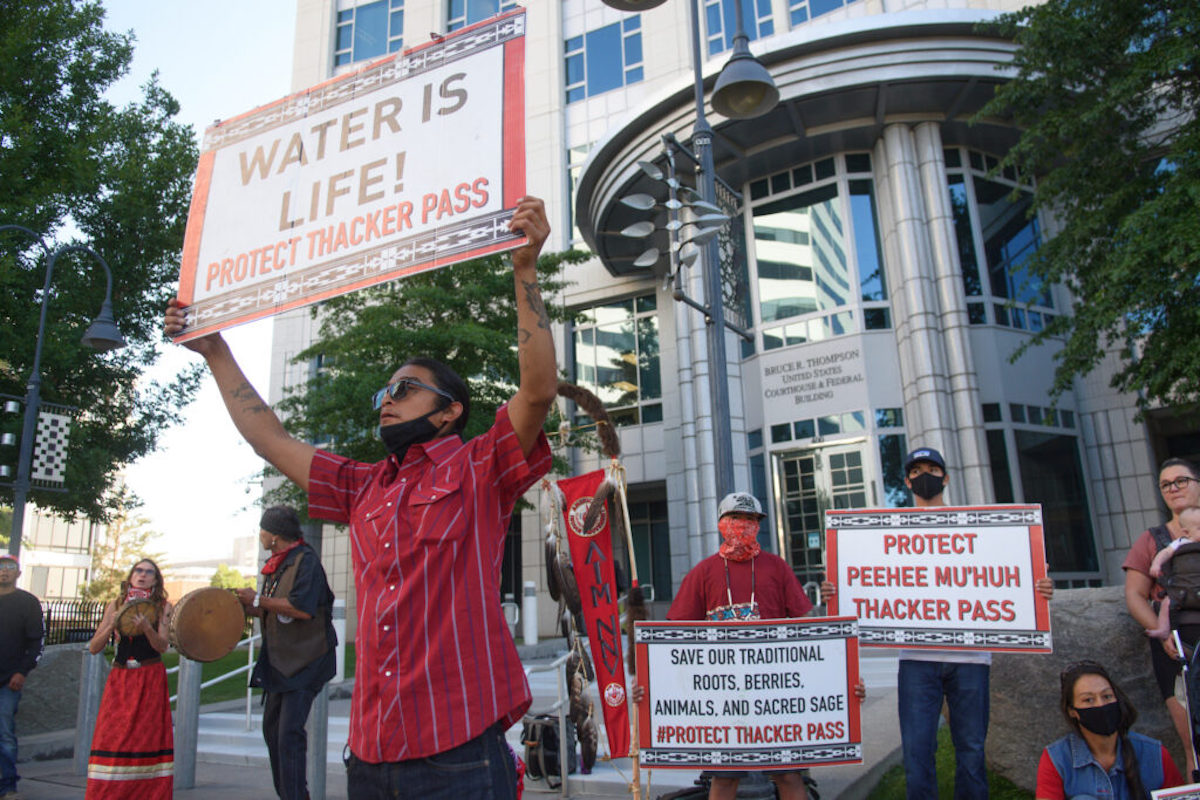 Gary McKinney, a member of the Shoshone-Paiute Tribes of the Duck Valley Indian Reservation, at the Bruce Thompson Federal Courthouse in Reno before a Thacker Pass lithium mine hearing on July 21, 2021. Photo: David Calvert / The Nevada Independent
Gary McKinney, a member of the Shoshone-Paiute Tribes of the Duck Valley Indian Reservation, at the Bruce Thompson Federal Courthouse in Reno before a Thacker Pass lithium mine hearing on July 21, 2021. Photo: David Calvert / The Nevada Independent
 Drilling as part of 3PL Operating's proposed direct lithium extraction project. Photo: 3PL Operating
Drilling as part of 3PL Operating's proposed direct lithium extraction project. Photo: 3PL Operating
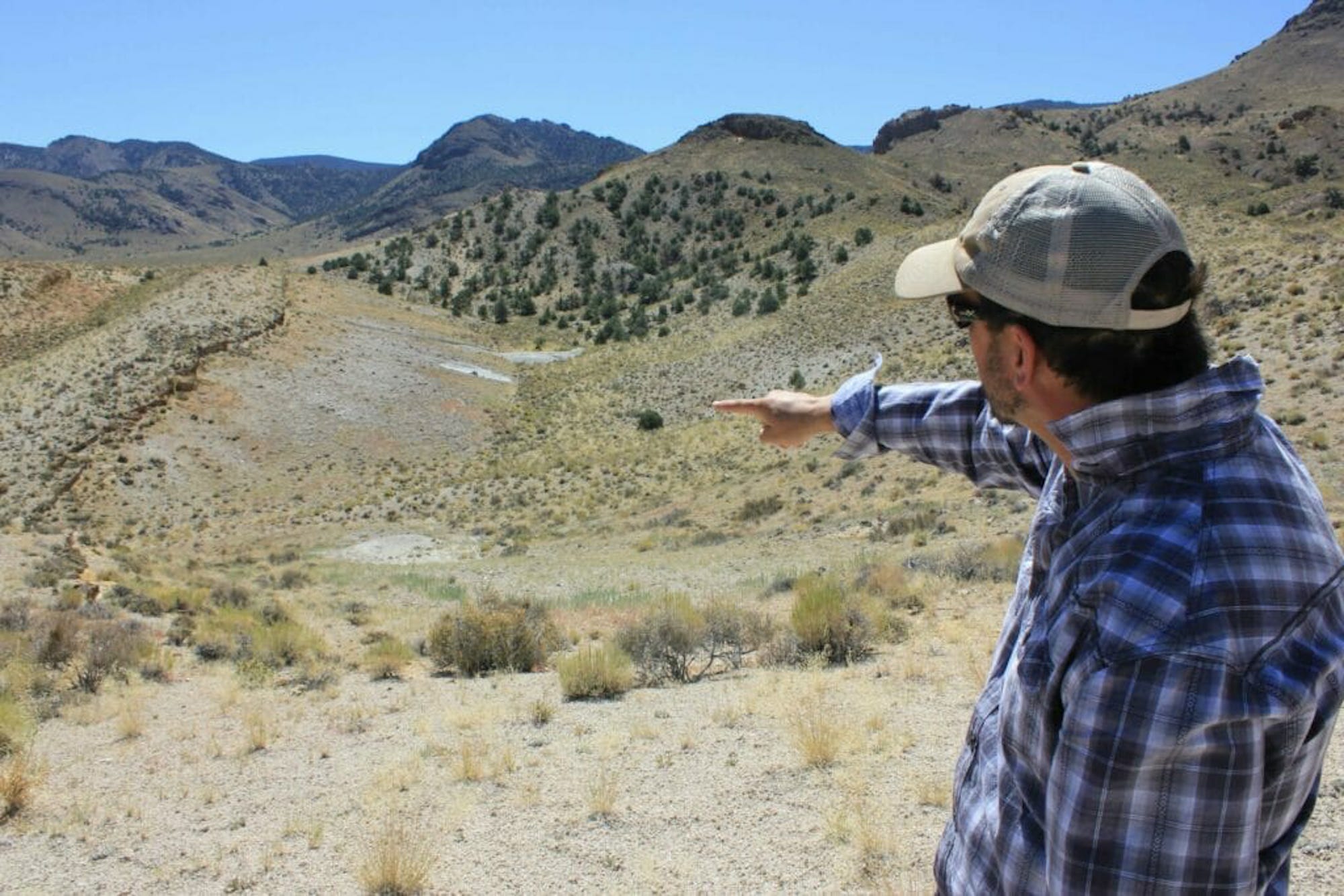 Patrick Donnelly, Nevada director of the Center for Biological Diversity, points to Tiehm's buckwheat habitat during a site visit on Aug. 29, 2019. Photo: Daniel Rothberg / The Nevada Independent
Patrick Donnelly, Nevada director of the Center for Biological Diversity, points to Tiehm's buckwheat habitat during a site visit on Aug. 29, 2019. Photo: Daniel Rothberg / The Nevada Independent
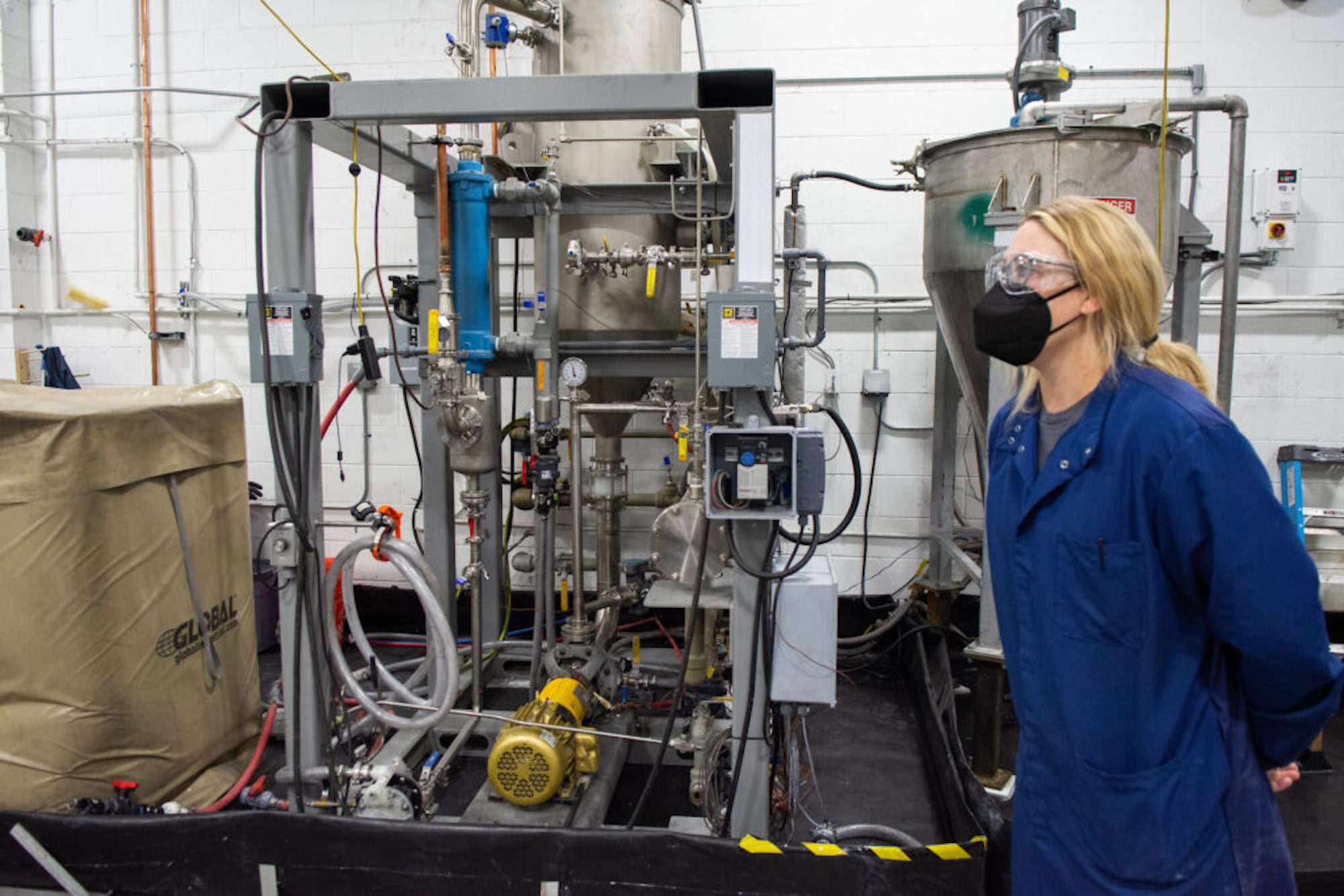 Mary Lou Lindstrom at Redwood Materials' lab in Carson City on Oct. 20, 2021. Photo: David Calvert/The Nevada Independent
Mary Lou Lindstrom at Redwood Materials' lab in Carson City on Oct. 20, 2021. Photo: David Calvert/The Nevada Independent
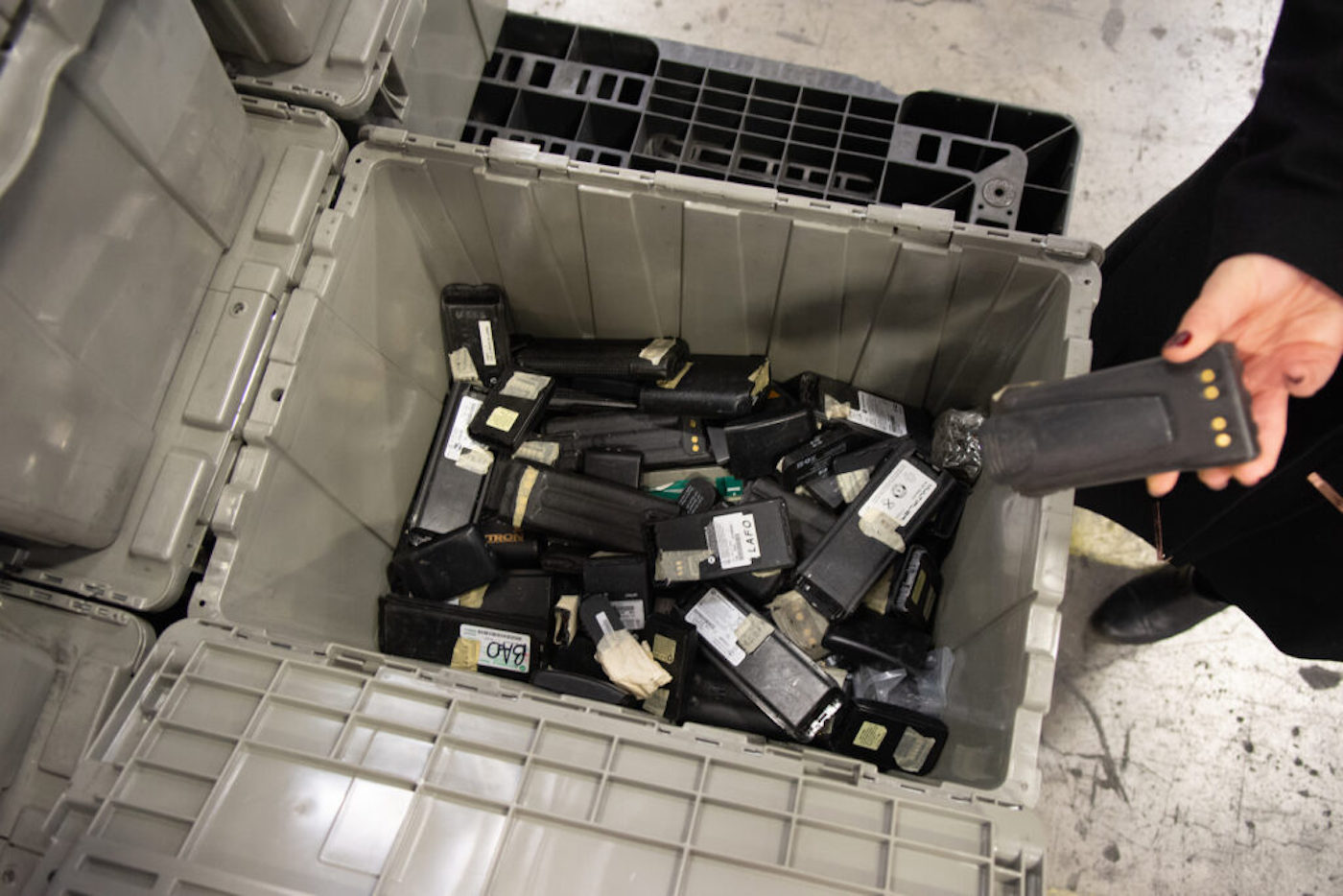 Old consumer electronics ready for recycling at Redwood Materials in Carson City on Oct. 20, 2021. Photo: David Calvert/The Nevada Independent
Old consumer electronics ready for recycling at Redwood Materials in Carson City on Oct. 20, 2021. Photo: David Calvert/The Nevada Independent
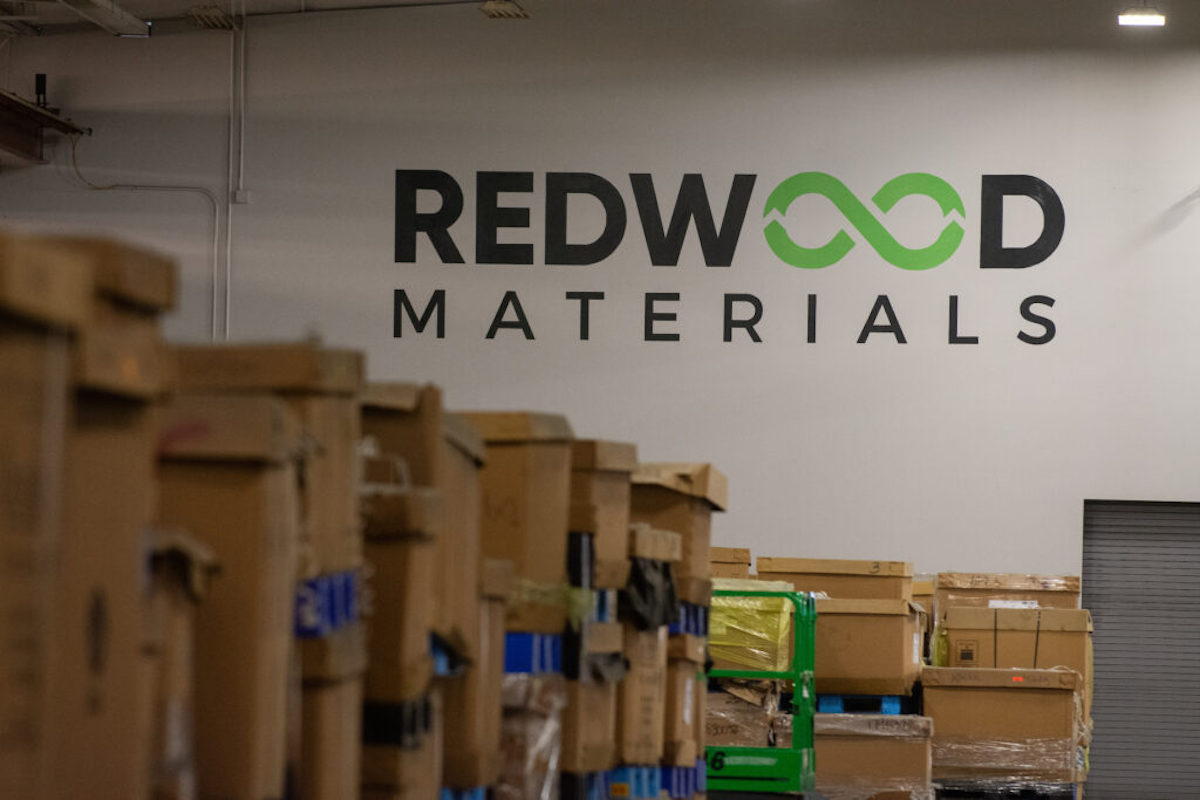 Boxes of used battery materials waiting to be recycled at Redwood Materials in Carson City on Oct. 20, 2021. Photo: David Calvert / The Nevada Independent
Boxes of used battery materials waiting to be recycled at Redwood Materials in Carson City on Oct. 20, 2021. Photo: David Calvert / The Nevada Independent